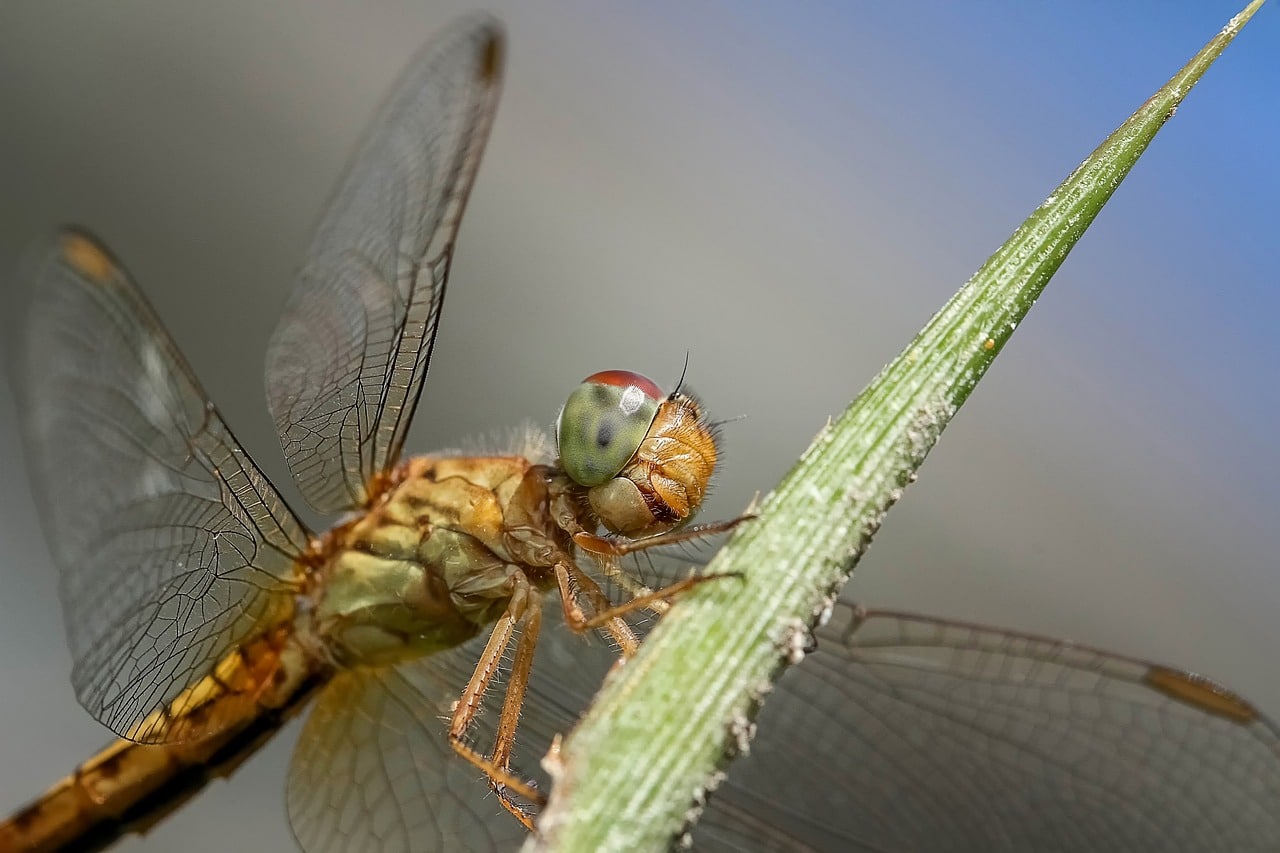 Shutterstock
Shutterstock
The world around us is full of wonders, and one of the most fascinating aspects of nature is how different creatures perceive their environment. While humans rely on the five senses, some animals have evolved specialized eyes that allow them to see in ways we can only imagine. These unique eyes reveal hidden dimensions of life, showcasing the vast range of perception across the animal kingdom. They remind us that perception is much more complex and varied than we could ever comprehend.
Fireflies
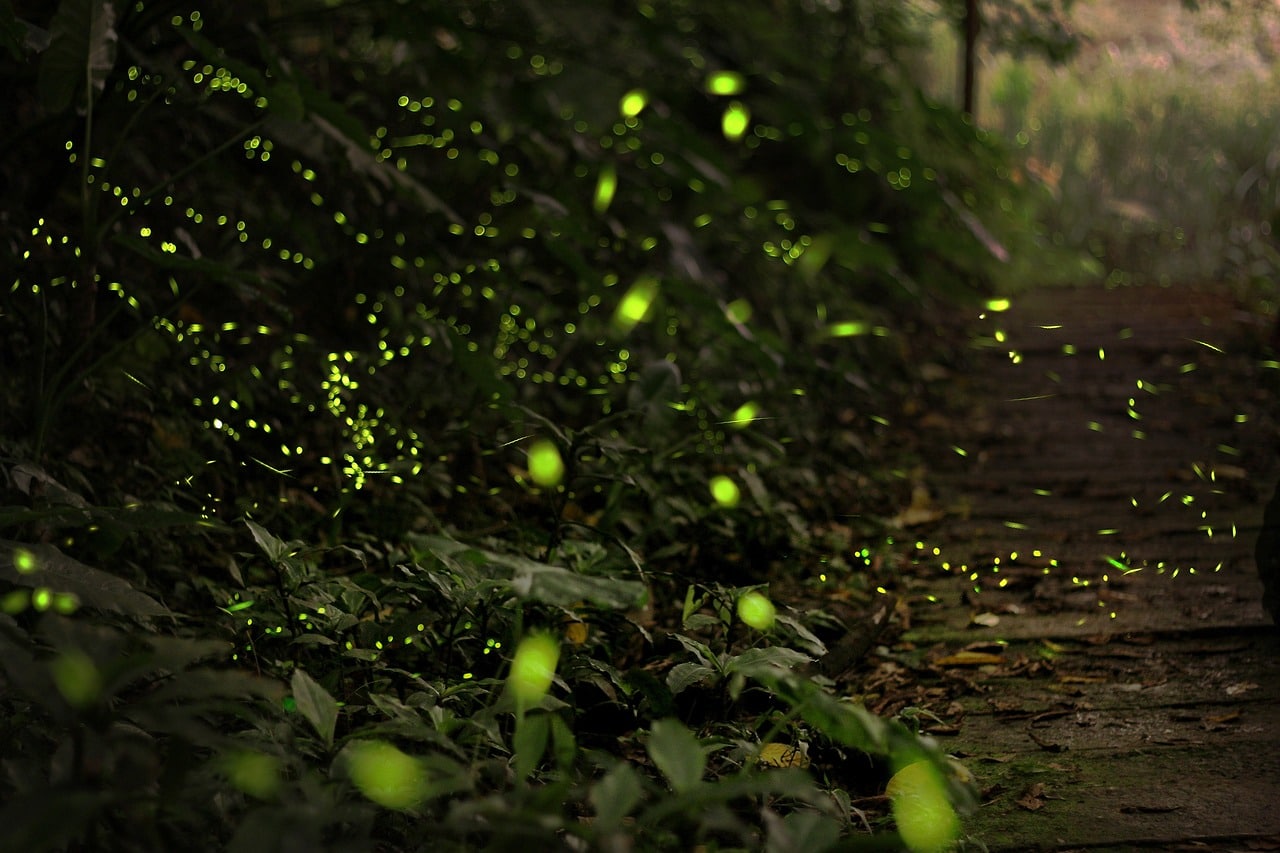 Shutterstock
Shutterstock
Fireflies are known for their bioluminescent abilities, but their vision is equally remarkable. Their eyes are designed to detect light, allowing them to see their glowing patterns as well as other potential mates in the dark. Fireflies’ eyes are capable of detecting ultraviolet light, which helps them navigate the nighttime environment. Their remarkable visual abilities are essential for their mating rituals, as the flashing light signals are used to communicate with potential mates from a distance.
Tarsiers
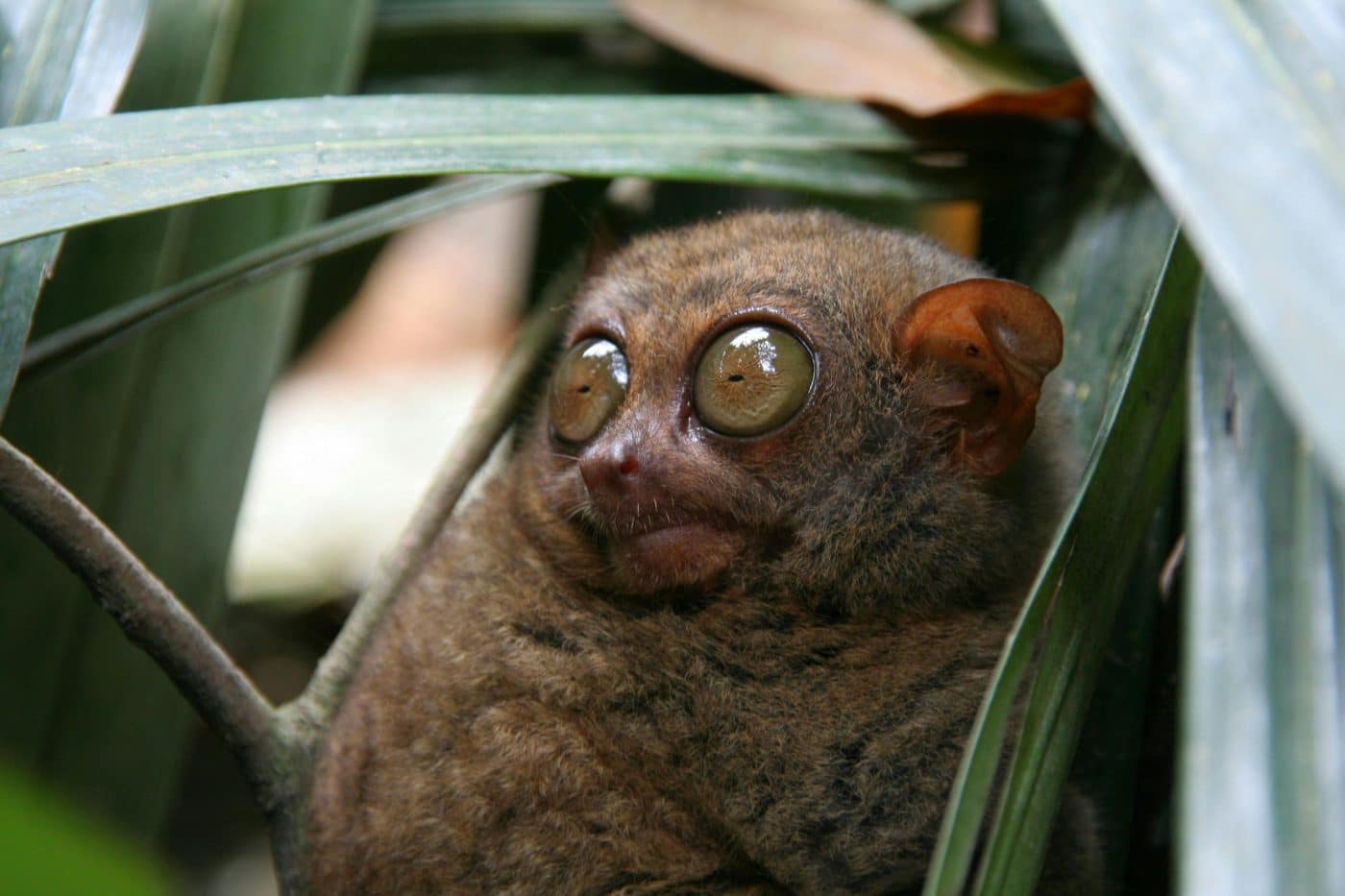 Shutterstock
Shutterstock
Tarsiers are nocturnal primates native to Southeast Asia, and they are known for their extraordinarily large eyes relative to their body size. Their eyes are adapted for night hunting, helping them spot prey in the dark jungle with incredible precision. However, because their eyes are so large, they cannot move them within their sockets, so tarsiers rotate their heads 180 degrees to get a better view of their surroundings. This remarkable adaptation makes them excellent hunters in low-light environments, relying on their sharp vision to catch insects and small animals.
Eagle
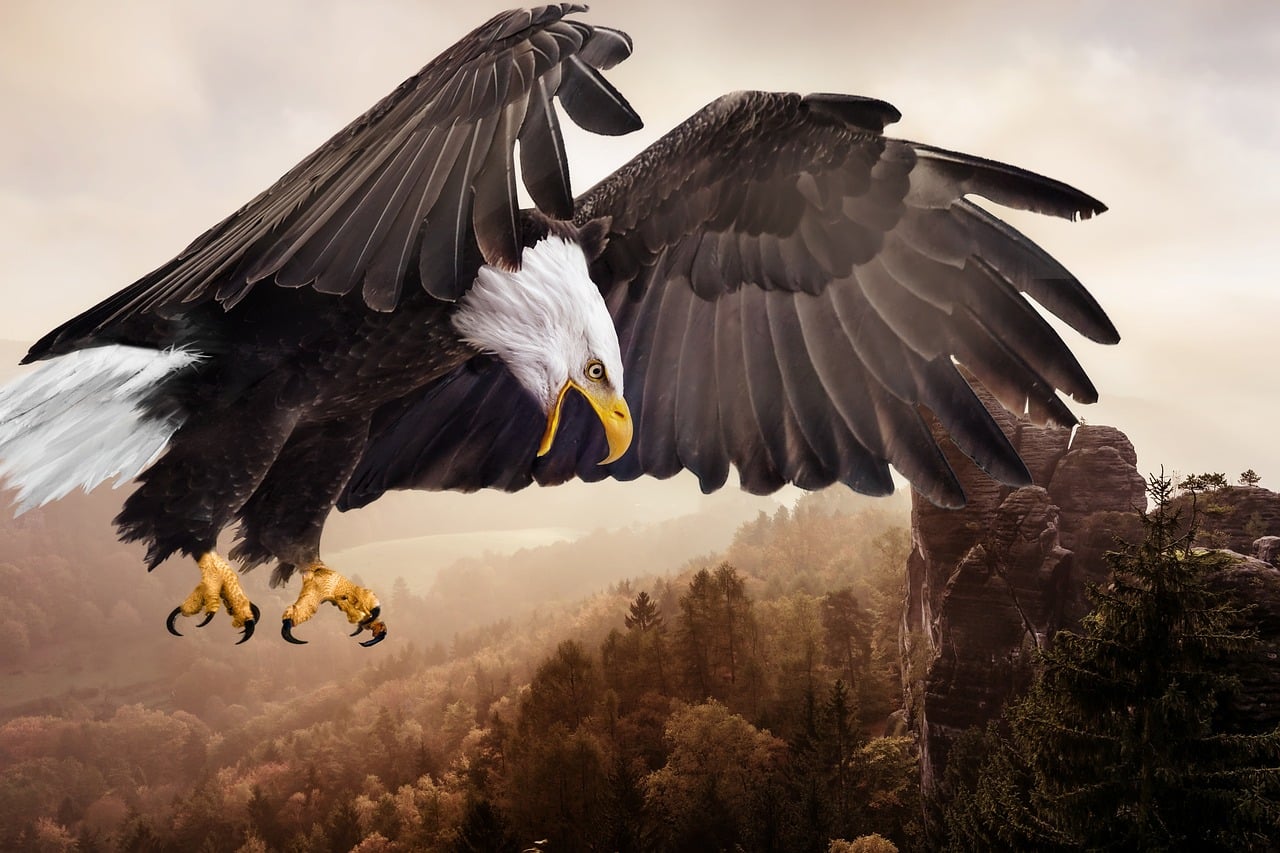 Shutterstock
Shutterstock
Eagles are known for having some of the best eyesight in the animal kingdom, and for good reason. Their eyes are equipped with a large number of photoreceptor cells, providing them with sharp, long-distance vision. Eagles can spot prey from distances of up to two miles, allowing them to swoop down and catch it with pinpoint accuracy. This superior vision, combined with a second fovea that enhances depth perception, makes them one of the most efficient hunters in the avian world.
Pigeons
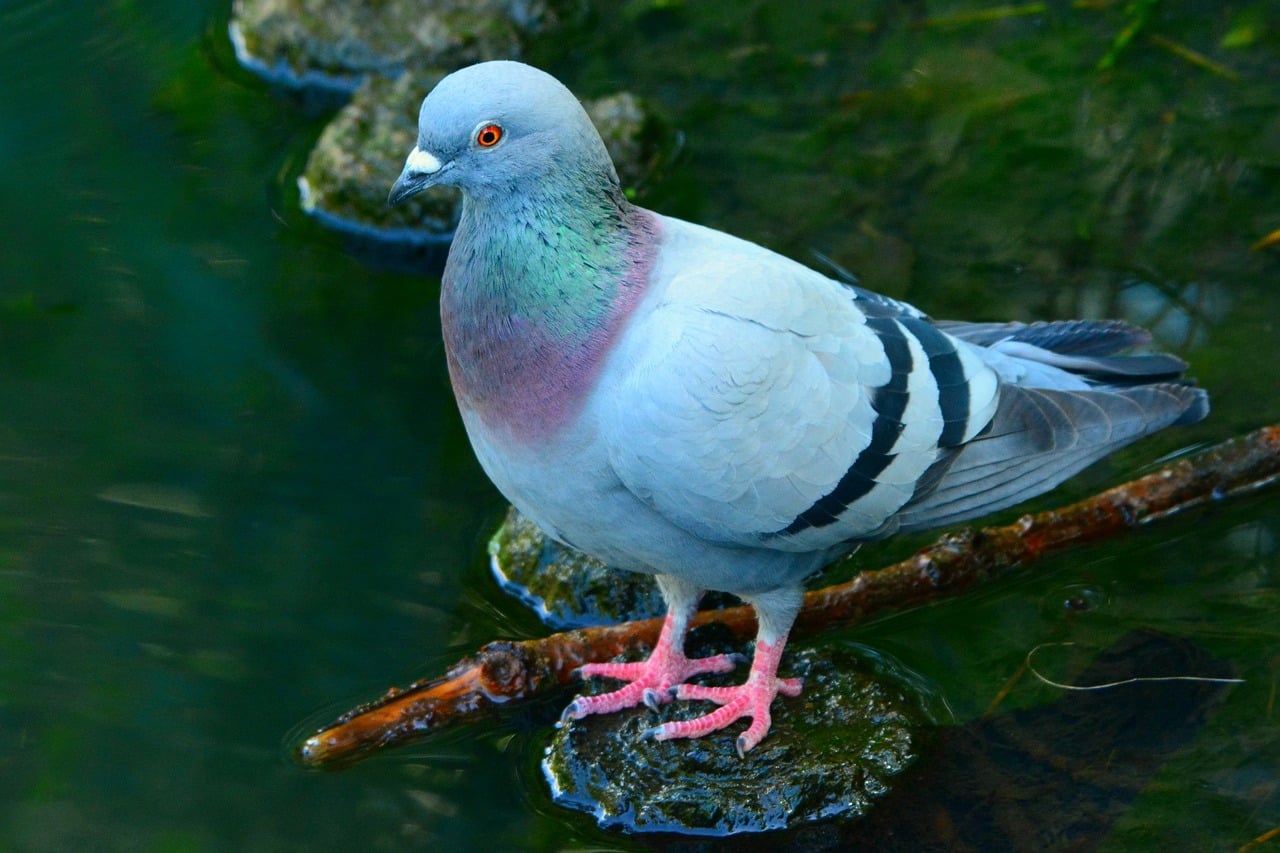 Shutterstock
Shutterstock
Pigeons might seem like ordinary birds, but they have extraordinary vision capabilities. One of the most fascinating aspects of pigeon vision is their ability to see ultraviolet light, which is invisible to the human eye. This ability helps them navigate large distances, locate food, and recognize landmarks that would be invisible to other animals. Their eyes are equipped with specialized photoreceptors that enable them to perceive a wider spectrum of light, giving them an edge in urban and rural environments alike.
Chameleons
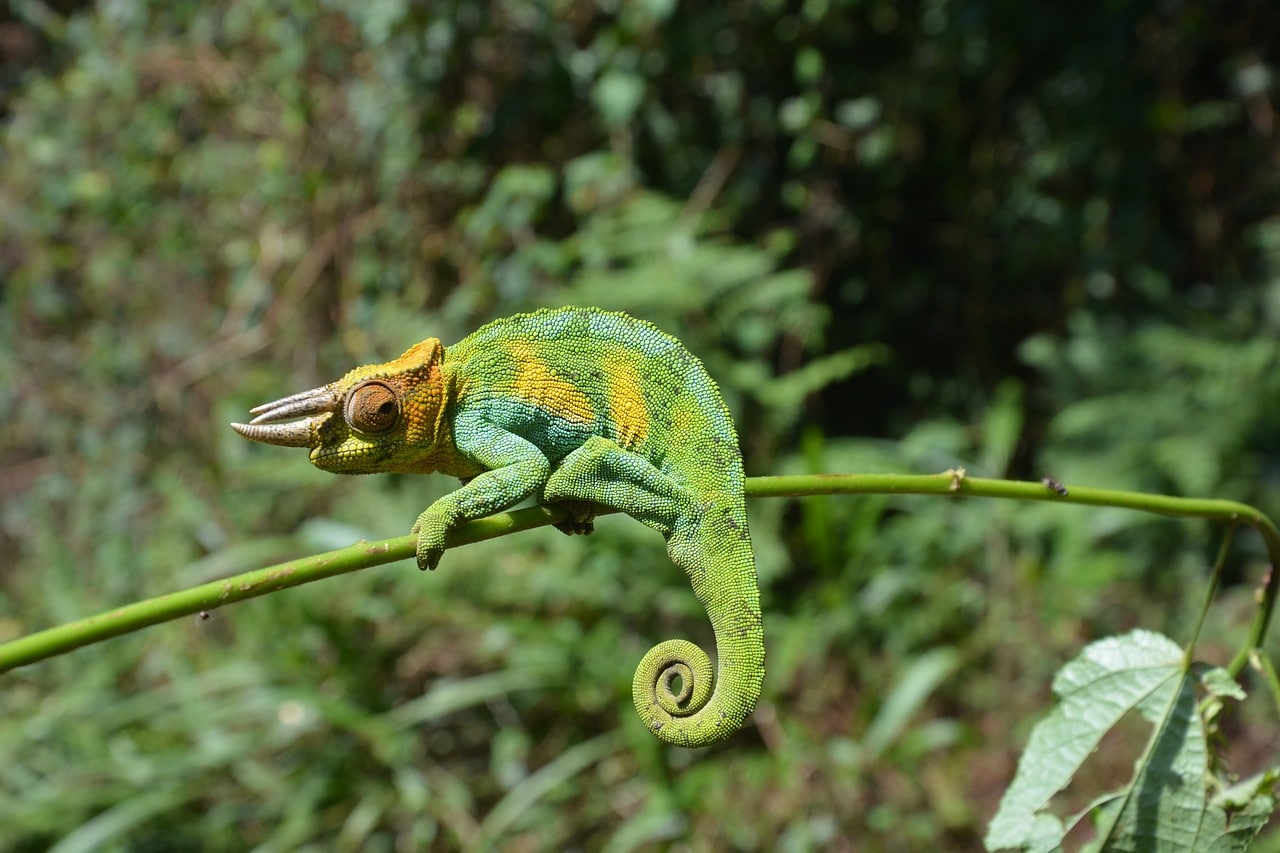 Shutterstock
Shutterstock
Chameleons are famous for their ability to change color, but their eyes are just as impressive. They can move each eye independently, allowing them to observe two different areas at the same time. This unique adaptation helps them keep an eye out for both predators and prey. Chameleons also can see in both visible light and ultraviolet light, which aids them in spotting food, mating opportunities, and threats. Their vision is an essential part of their survival strategy in the wild.
Cuttlefish
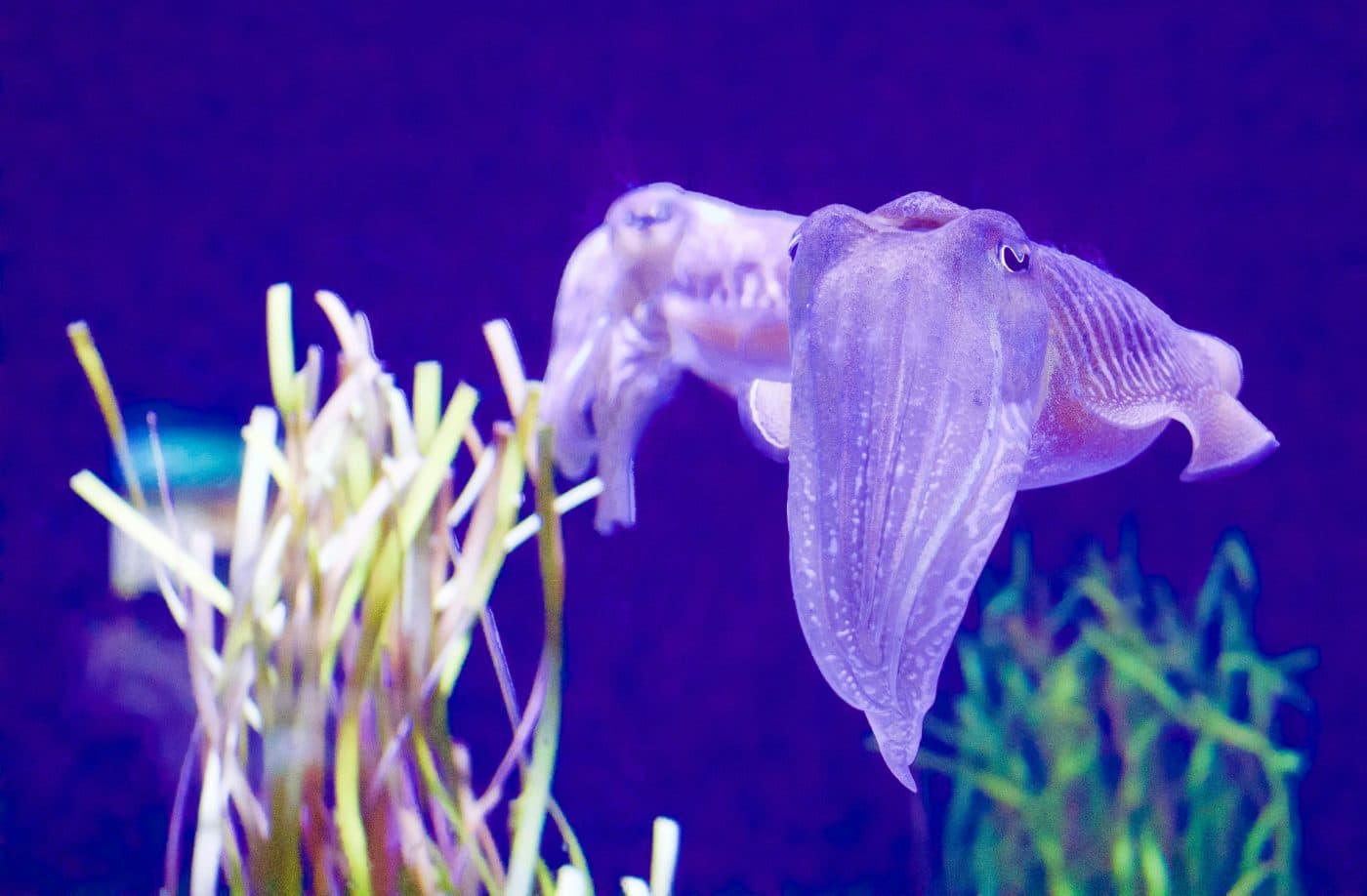 Shutterstock
Shutterstock
Cuttlefish have some of the most complex eyes in the animal kingdom, and their visual capabilities are as fascinating as they are unique. These marine creatures can detect polarized light and see a wide range of colors, which is essential for both hunting and communication. Cuttlefish use their eyes to blend into their surroundings by changing the color and texture of their skin. This sophisticated vision system allows them to camouflage themselves effectively, even in environments with complex backgrounds.
Mole
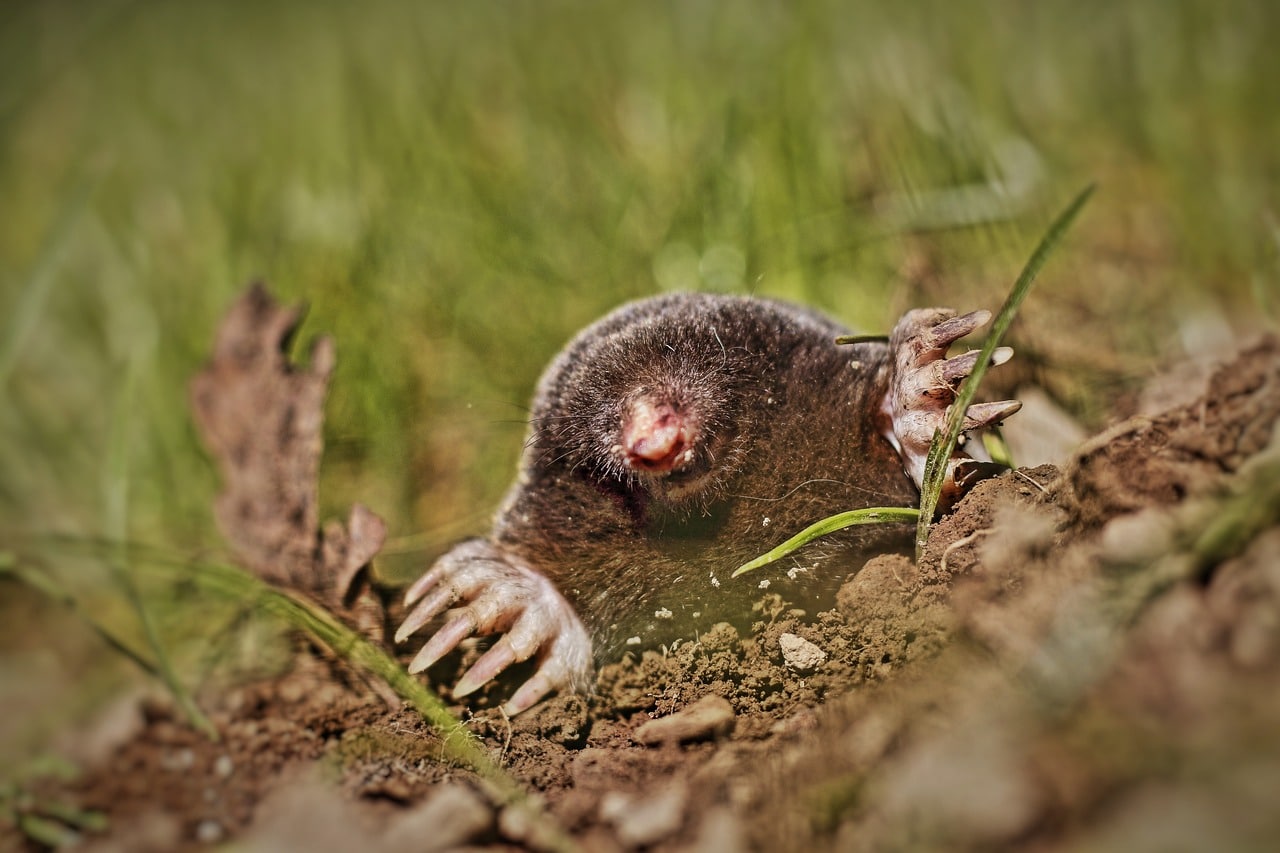 Shutterstock
Shutterstock
Moles may live most of their lives underground, but their eyes are adapted to this dark environment. Despite their small size and limited functionality, mole eyes are extremely sensitive to light. This sensitivity allows them to detect faint light sources from above the surface, helping them navigate tunnels and avoid predators. Though their eyesight is minimal, it plays a crucial role in helping moles maintain their subterranean lifestyle, guiding them through their dark world.
Snakes
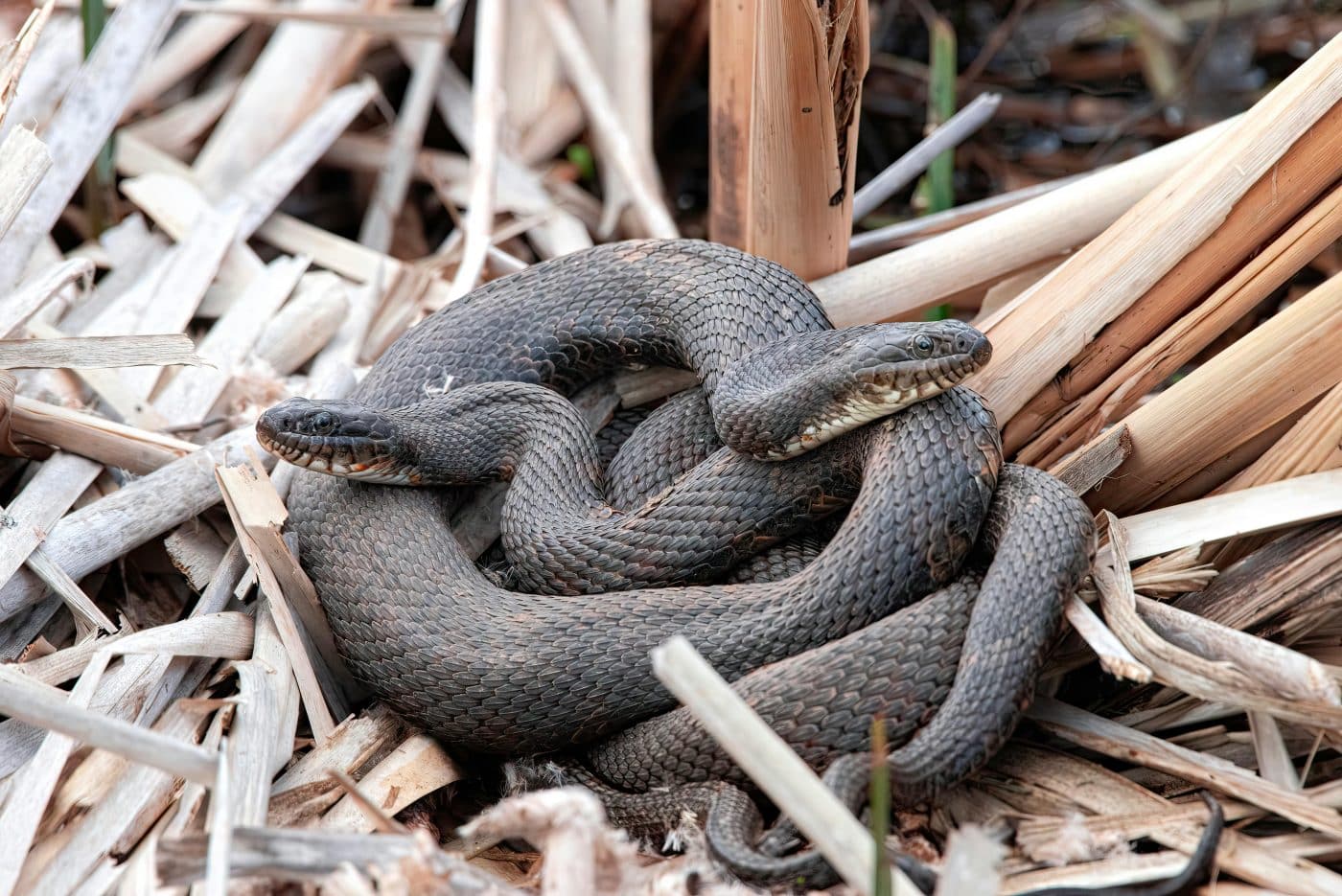 Shutterstock
Shutterstock
Certain snake species, such as pit vipers, boas, and pythons, have heat-sensitive vision, which allows them to detect infrared radiation. This ability to sense heat helps these snakes hunt in complete darkness, allowing them to “see” the heat emitted by warm-blooded animals. Through specialized organs called the pit organs, they can detect even the smallest temperature differences, which is incredibly useful when hunting prey. This ability to perceive the world in terms of heat gives snakes a major advantage in hunting, even in the absence of light.
Dragonflies
 Shutterstock
Shutterstock
Dragonflies possess some of the most sophisticated visual systems in the animal kingdom. Their eyes are composed of thousands of individual lenses, giving them nearly 360-degree vision. This wide field of view allows them to detect movement from any direction, making them highly efficient predators. Additionally, their vision enables them to fly with great precision, adjusting their flight patterns in response to the slightest changes in their environment. This exceptional visual capability is what makes dragonflies such adept hunters of flying insects.
Sharks
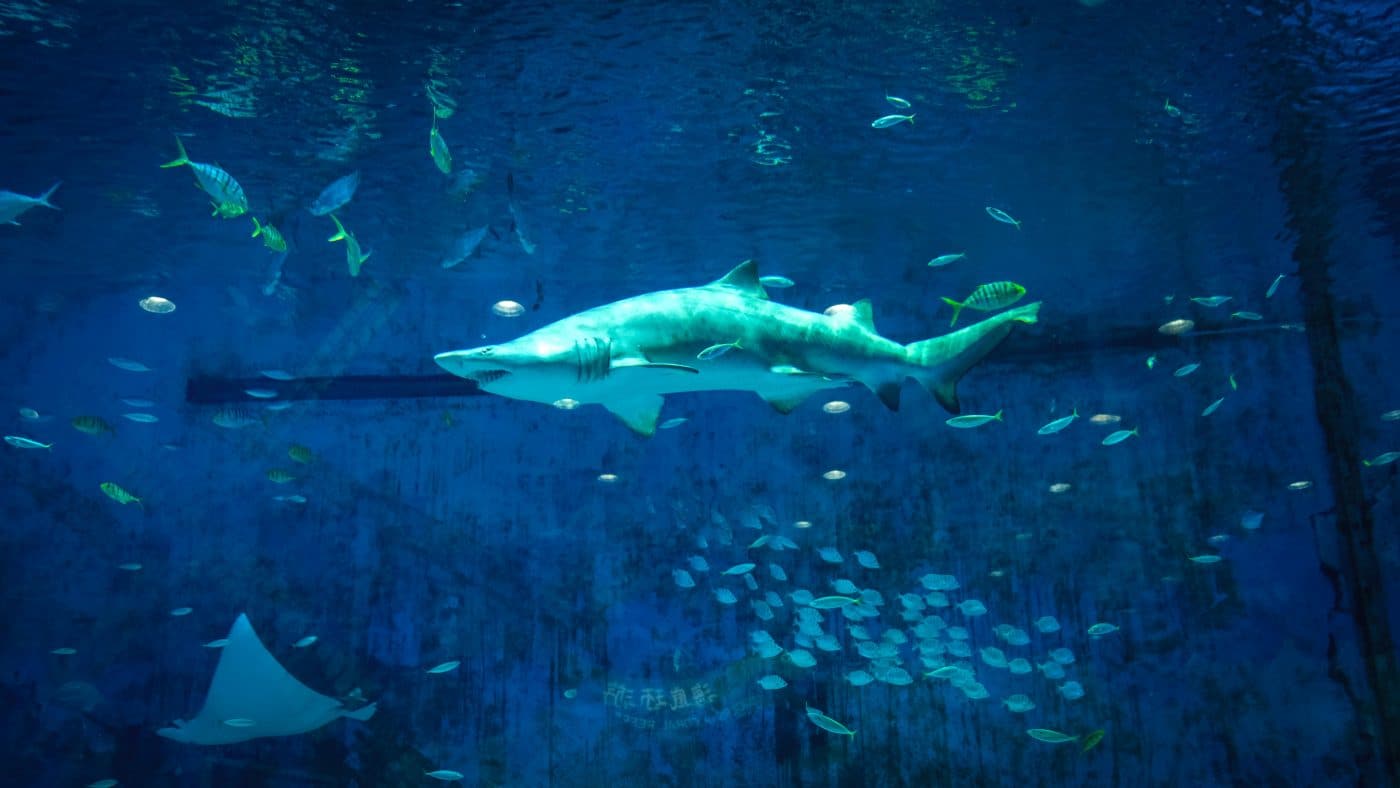 Shutterstock
Shutterstock
Sharks are equipped with extraordinary vision, but their abilities go beyond normal sight. In addition to their sharp eyes, sharks also possess electroreception, which allows them to detect the electrical signals emitted by other animals. This ability is particularly useful for hunting in murky or dark waters where normal vision is limited. By sensing the electrical signals of potential prey, sharks can track and catch their food with incredible precision, even in complete darkness.
Horses
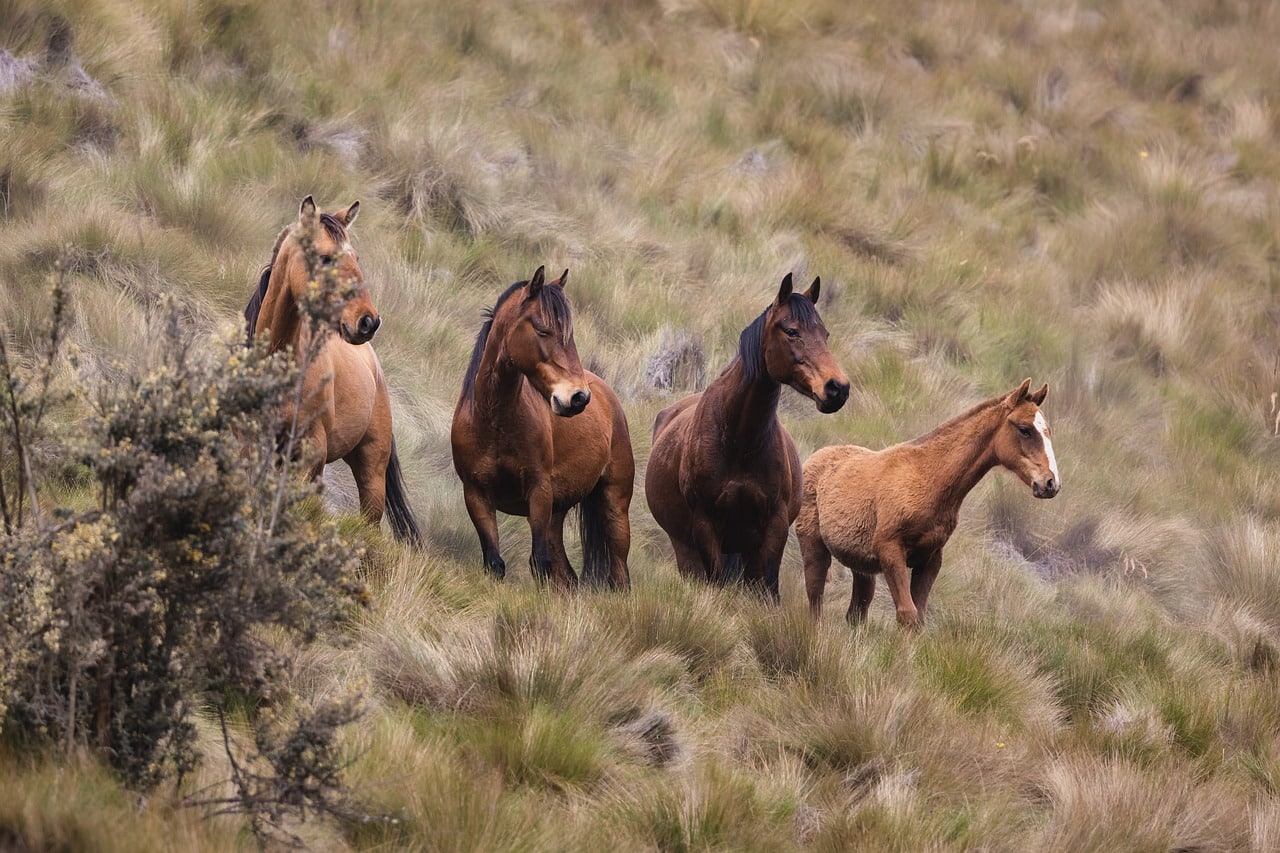 Shutterstock
Shutterstock
Horses have a unique visual system, with their eyes positioned on the sides of their heads. This gives them nearly 360-degree vision, allowing them to detect threats from almost any direction. While they don’t have binocular vision, this wide field of view helps horses stay aware of their surroundings and spot predators from a distance. Their vision helps them stay alert and react quickly to danger, an essential skill for survival in the wild.
Bees
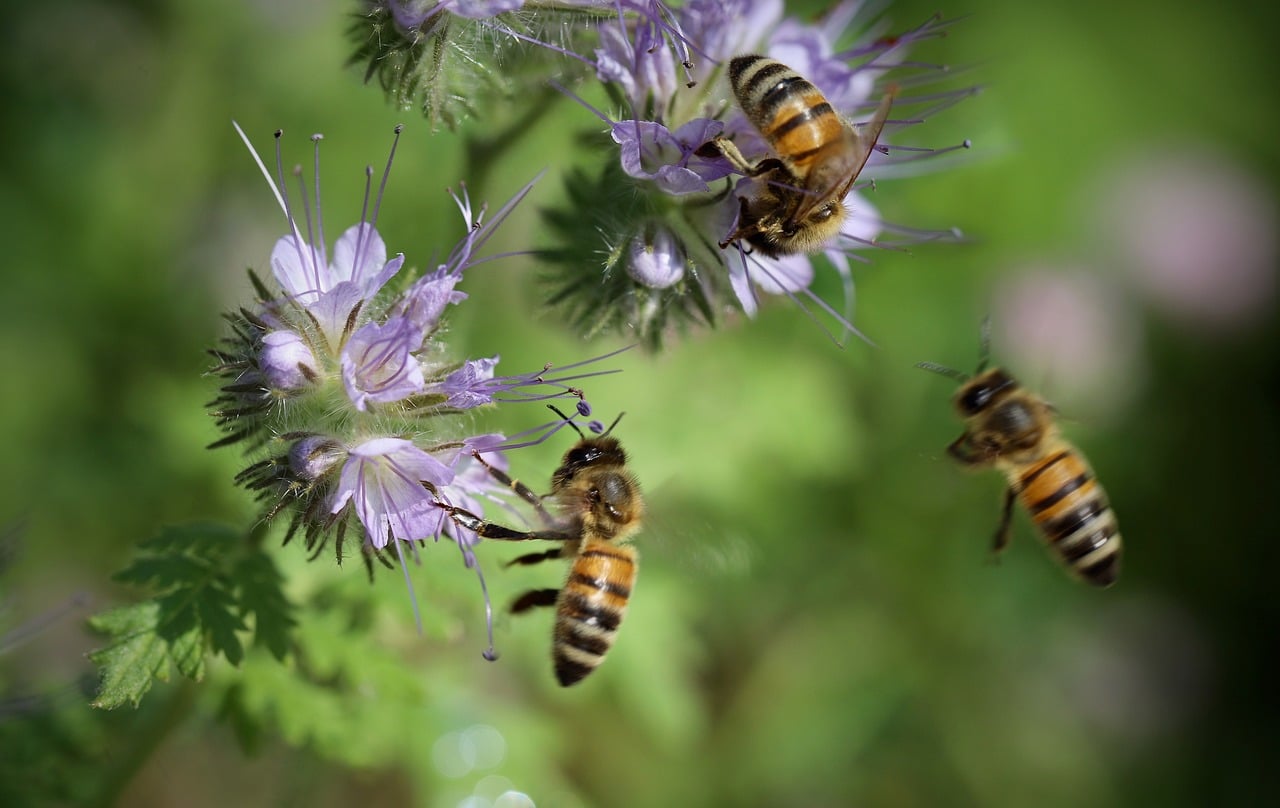 Shutterstock
Shutterstock
Bees have highly specialized eyes that allow them to see ultraviolet light. This ability helps them locate flowers and their nectar, which is otherwise invisible to the human eye. Their compound eyes are made up of thousands of lenses, providing them with a wide field of vision and the ability to detect subtle patterns on flowers. This helps them identify the best sources of nectar and play an essential role in pollination, which benefits entire ecosystems.
Goats
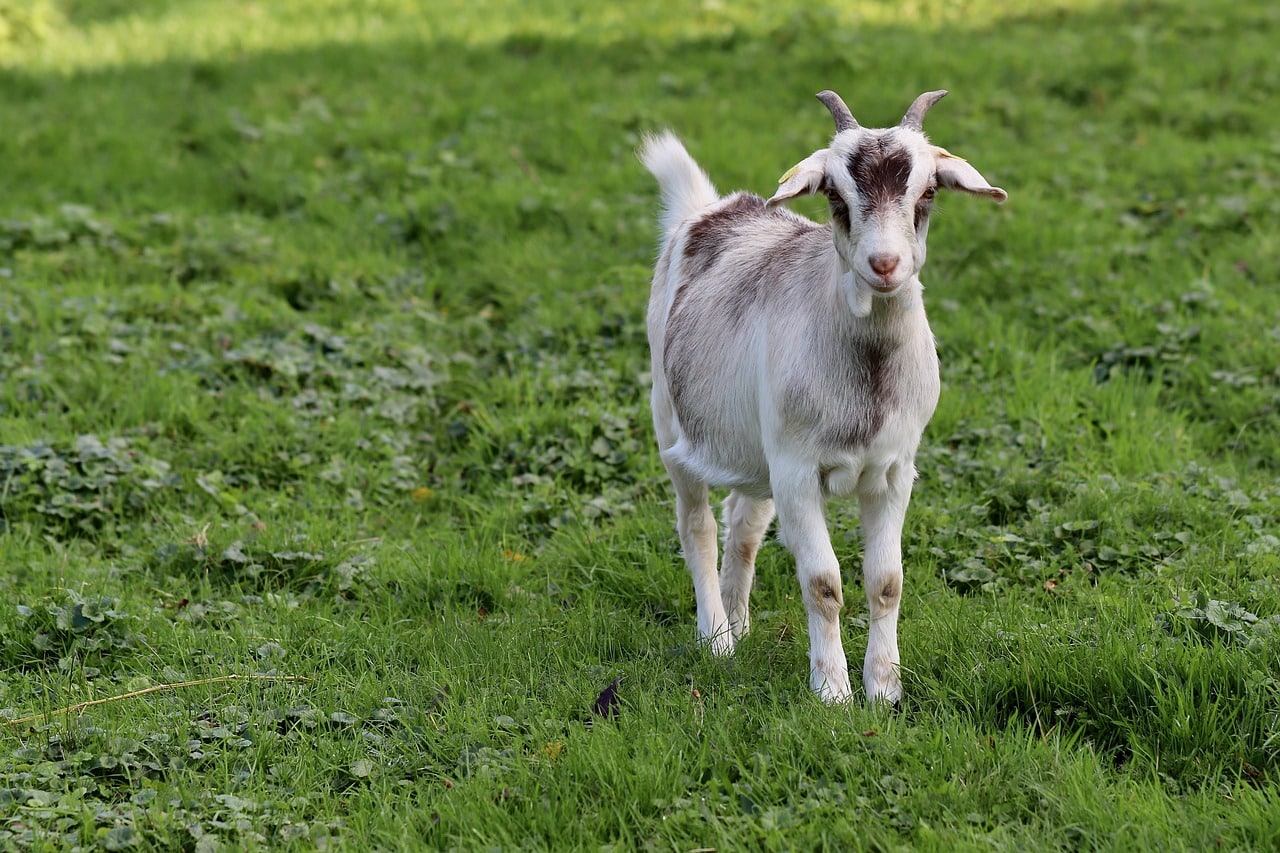 Shutterstock
Shutterstock
Goats are known for their distinctive rectangular pupils, which provide them with an almost panoramic view of their environment. This allows them to detect predators or other dangers from a wide angle, particularly in mountainous terrain. The horizontal orientation of their pupils helps them maintain a stable horizon while navigating difficult landscapes. Their unique visual system enables them to remain alert and safe, even in rocky or uneven environments where other animals might struggle to maintain balance or detect movement.
The Eyes Have It
 Shutterstock
Shutterstock
These animals remind us that the world of vision is far more complex and diverse than we could ever imagine. While we rely on just a few senses to understand the world around us, these creatures have evolved eyes that allow them to see a whole different realm of existence. These animals offer a glimpse into the incredible diversity of life on Earth. In the end, perhaps it’s safe to say that some animals might just be seeing things we can’t even begin to comprehend.
 Toledo, United States.
Toledo, United States.
